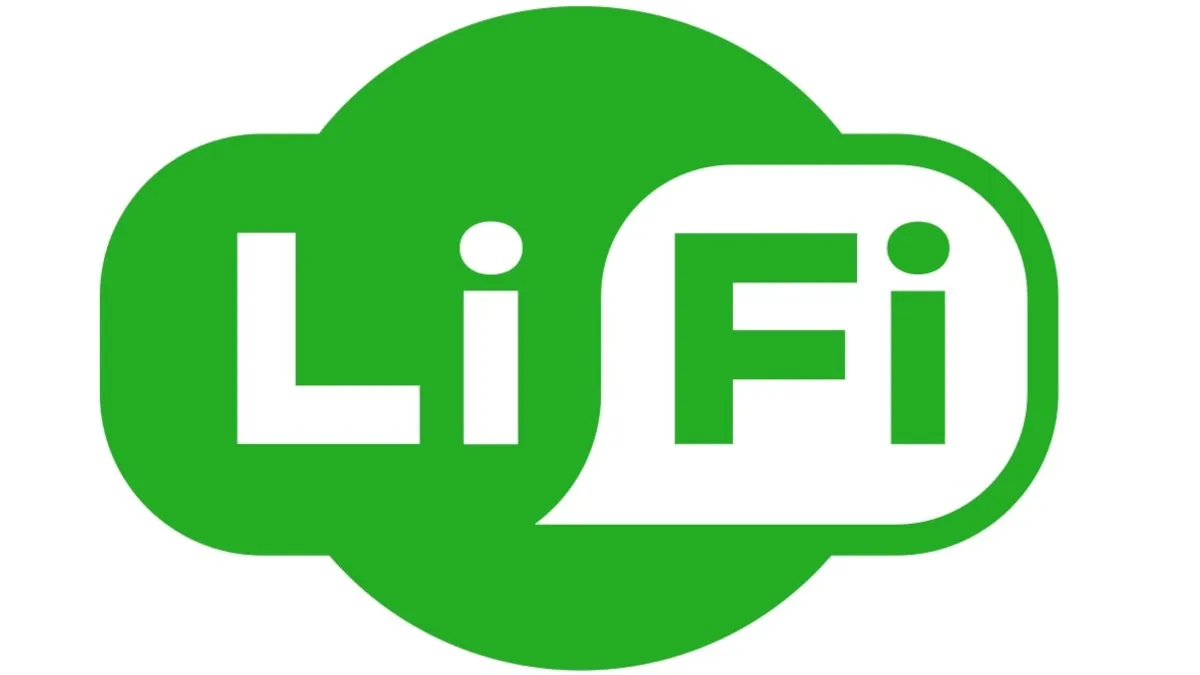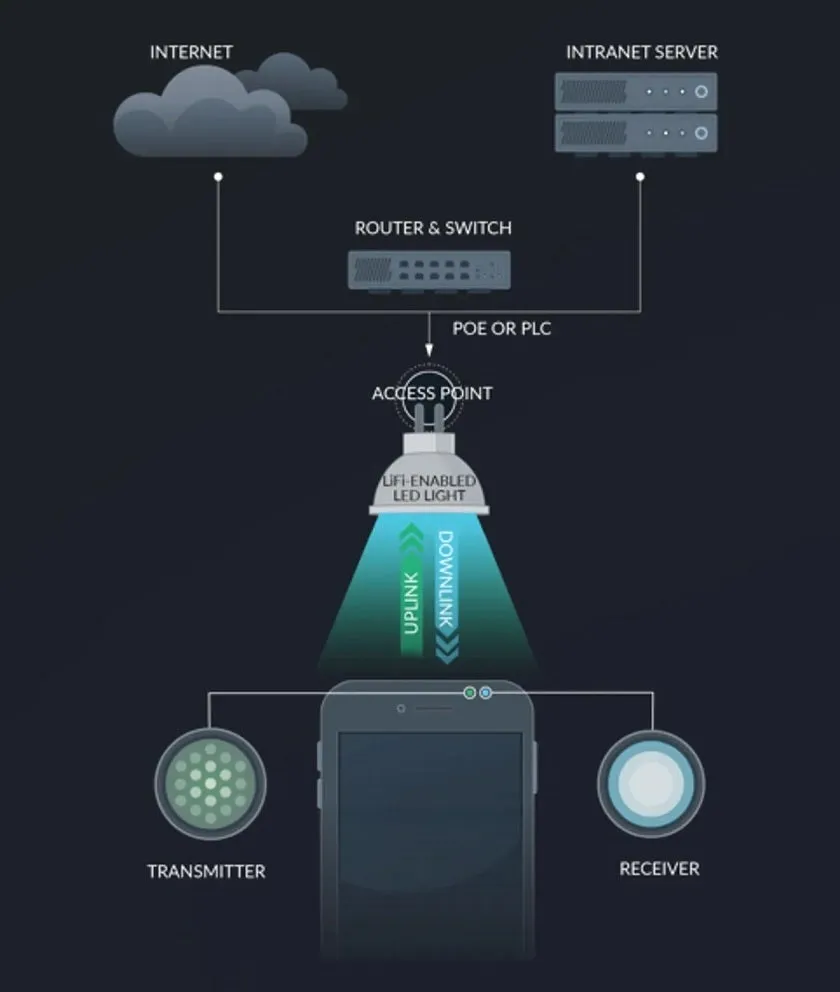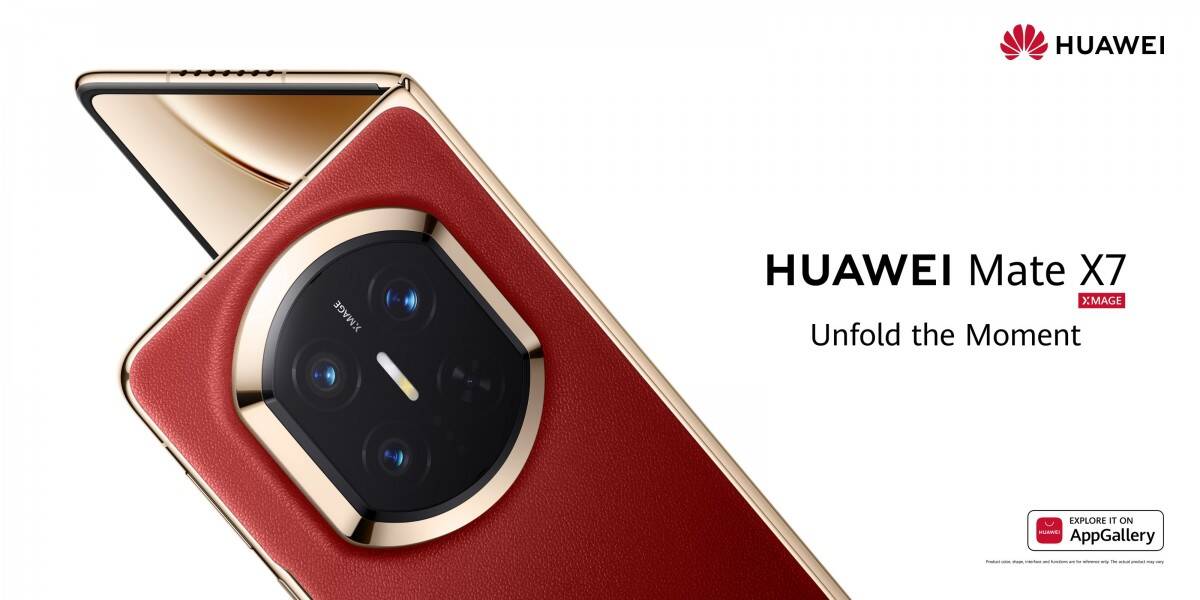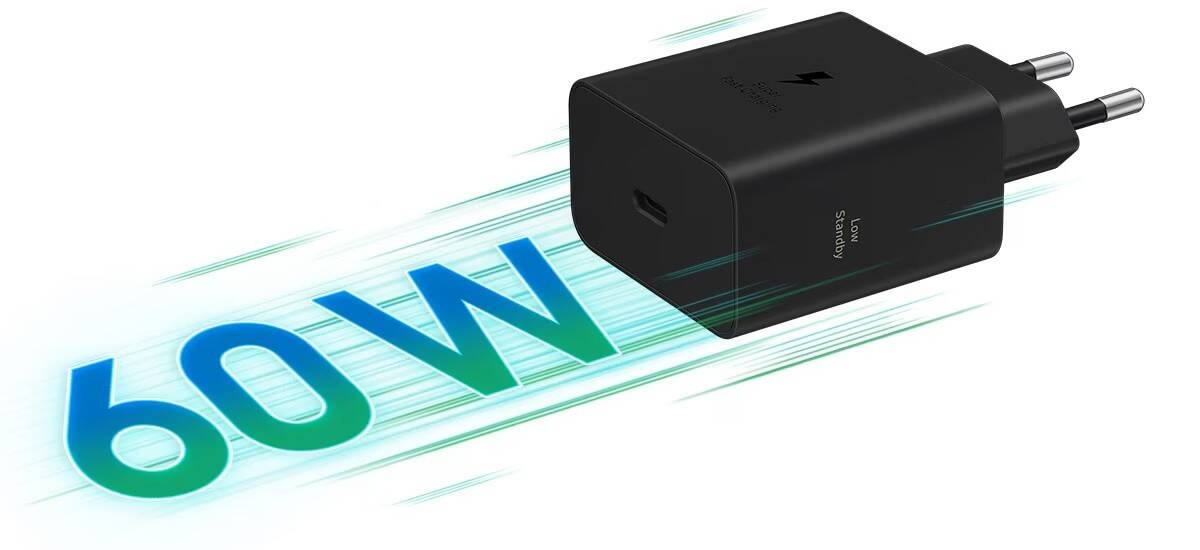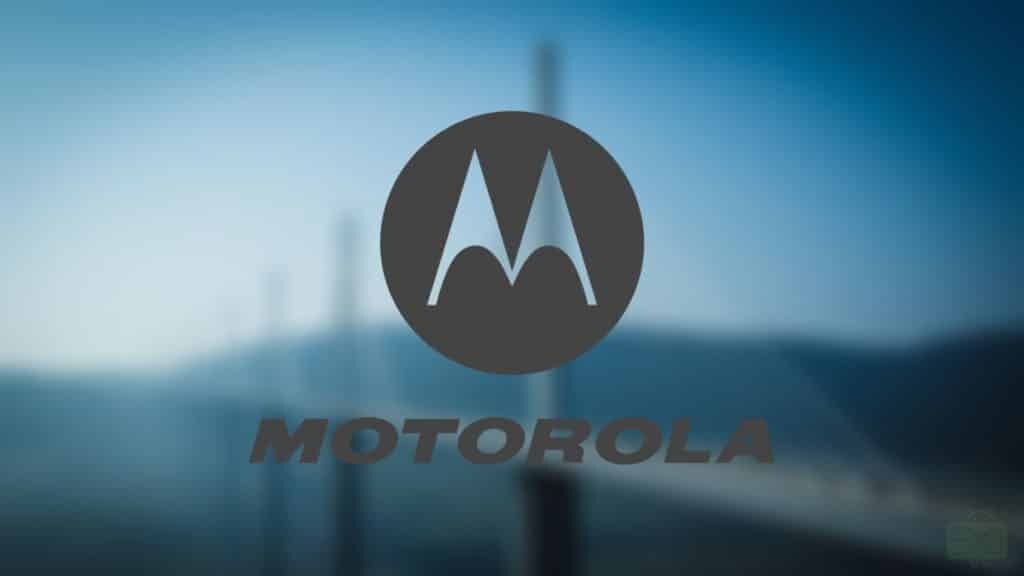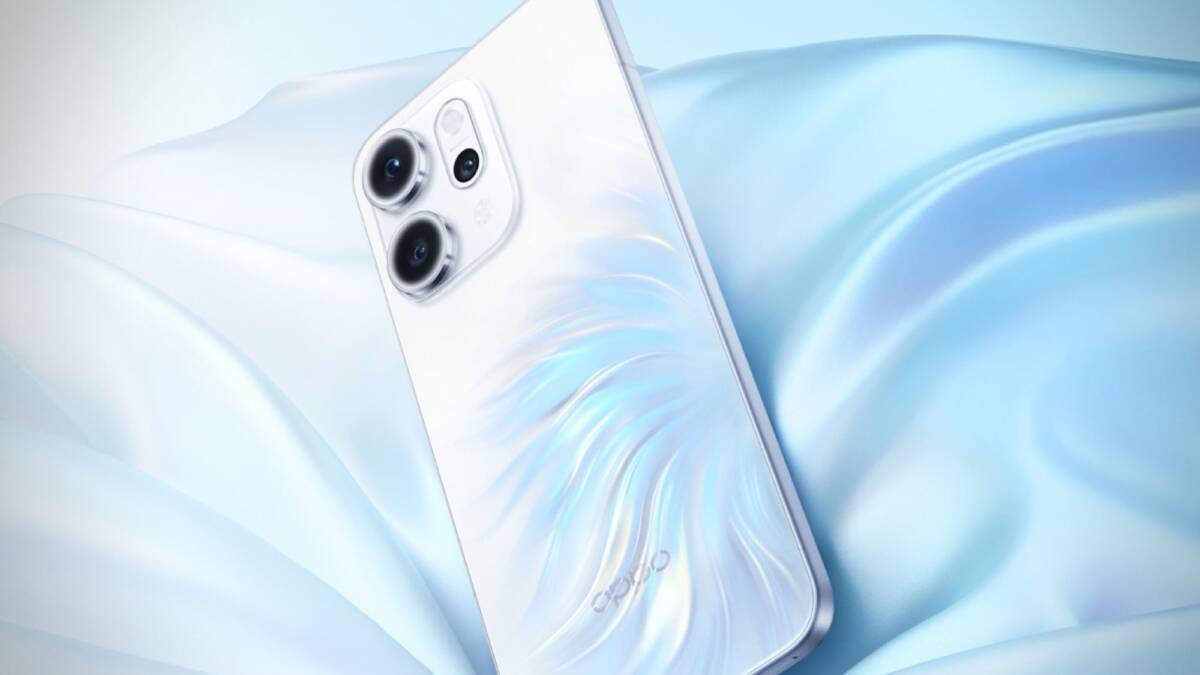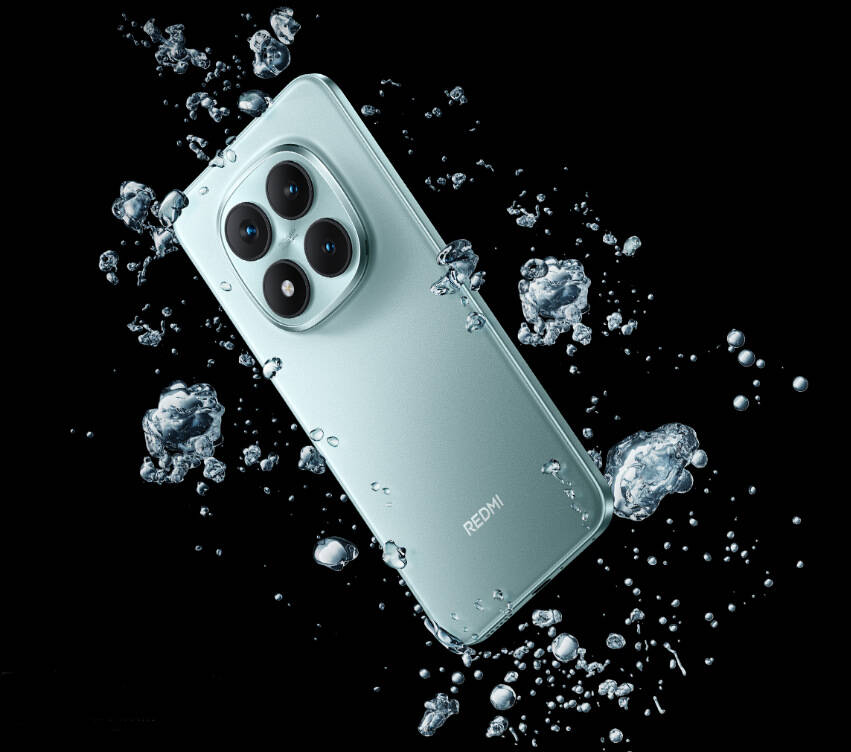Li-Fi promises a revolution: transmission speeds 100 times faster than Wi-Fi
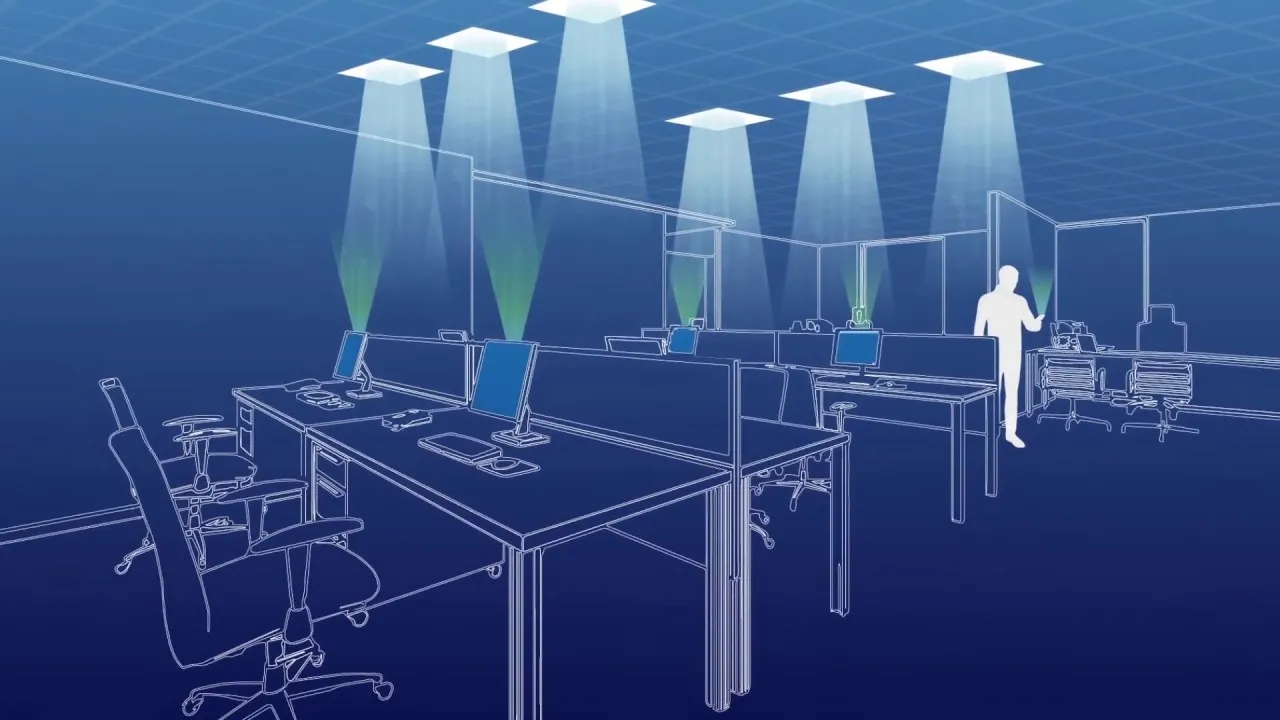
Li-Fi, which offers data transfer speeds 100 times faster than Wi-Fi, could be the new buzzword in the world of Internet connectivity. The technology, known as Light Fidelity (Li-Fi), uses light waves to transmit data, unlike the radio waves used by Wi-Fi. The main advantage of Li-Fi is its speed; the technology can transmit data at a hundred times the speed of Wi-Fi.
The first mention of Li-Fi came more than two years ago, when German physicist Harald Haas discovered the ability to transmit and receive data through light. Experiments with Li-Fi began in 2008 under the auspices of French company Oldecomm. Last month, as part of the Ariane 6 rocket launch in Europe, an experiment using Li-Fi technology was conducted.
Li-Fi experiments are now underway.
Data is transmitted through LED lights that emit light pulses similar to Morse code. Li-Fi has better security than Wi-Fi because its signals are harder to intercept due to their limited propagation through walls. Li-Fi also offers the option of installing transmitters in light fixtures, making it easier for users to access high-speed internet.
«The main advantage of Li-Fi is security, as signals are confined to a lighted area and cannot penetrate walls, significantly reducing the risk of unauthorized access,»” the Li-Fi Group said.
.
Li-Fi can theoretically transmit data at speeds of up to 224 Gbps, whereas today we marvel at speeds of 1 Gbps. This technology will be especially useful in situations where high speed and low latency are required. Li-Fi also emits less radiation than Wi-Fi.
Despite the advantages, Li-Fi has drawbacks, notably that it can only be used indoors. For most smartphone users, however, this isn’t a significant problem, since they’re more likely to use Wi-Fi indoors and cellular service outdoors.
Li-Fi also has drawbacks, including that it can only be used indoors.
«Li-Fi was not created to replace Wi-Fi, but rather to empower telecoms – we aim to create the networks of the future, freeing ourselves from the limitations of existing technologies without giving up their benefits,»” says an Oldecomm spokesperson.
According to one industry leader, Oldecomm, the technology should be ready for commercial use between 2024 and 2029. Encouragingly, another company, Li-Fi Group, is already in talks with businesses in a variety of industries, including consumer electronics, automotive, telecommunications and others.
Another company, Li-Fi Group, is already in talks with businesses in a variety of industries, including consumer electronics, automotive, telecommunications and others.
The company developing the technology adds that the growing demand for connectivity options, especially in places where traditional technologies are not applicable, will encourage more companies to look at Li-Fi.

